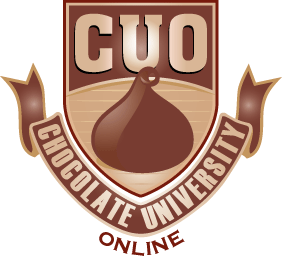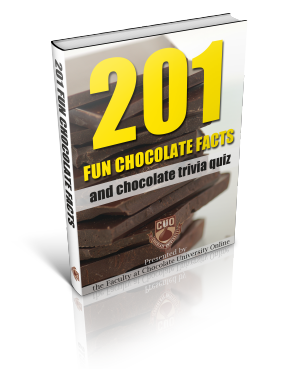Is White Chocolate Really Chocolate?
Albeit the fact that it is considered ‘chocolate’, white chocolate isn’t really chocolate. It may be a confectionery imitative of chocolate since it’s also made from the same cacao plant, but its manufacturing process is somewhat special.
The process of making white chocolate primarily involves the drawing out of utilizable components of the cacao bean. Unlike the usual chocolate that makes use of the cocoa powder ground from the seeds, the white version uses only the cocoa butter.
Even though the manufacturing of white chocolate is similar with dark and milk chocolate by some means, it basically lacks cocoa paste, liquor or powder. Thus, it does not hold the important compounds of chocolate such as thiamine, riboflavin, theobromine, phenylethylamine, and serotonin.
According to the U.S. Food and Drug Administration, to be called ‘chocolate’, a product must have chocolate liquor. Since 2004, white chocolate have to be (by weight) at least 20% cocoa butter, 14% total milk solids, and 3.5% milk fat, and not exceeding 55% sugar or other nutritive carbohydrate sweeteners. The European Union has put the same policy in practice, only, there is no limit on sugar or sweeteners.
White chocolate is made up of cocoa butter, milk solids, vanilla, sugar and lecithin. Chocolate makers that use true cocoa butter generate ones of higher quality in comparison to those who scrimp and substitute vegetable fat for the cocoa butter.
True white chocolate is typically a pale yellow or ivory in appearance. The taste of cream and vanilla is heavenly in the mouth unlike those pretentious white creations that are made up of vegetable fat. Their consistency, taste and shelf life are also extremely different.
White chocolates melt quite easily and burn quickly since it is delicate, so take extra care when melting it for recipes like ganache or chocolate fondue.
Related Chocolatier Articles




